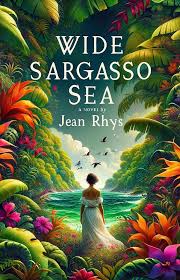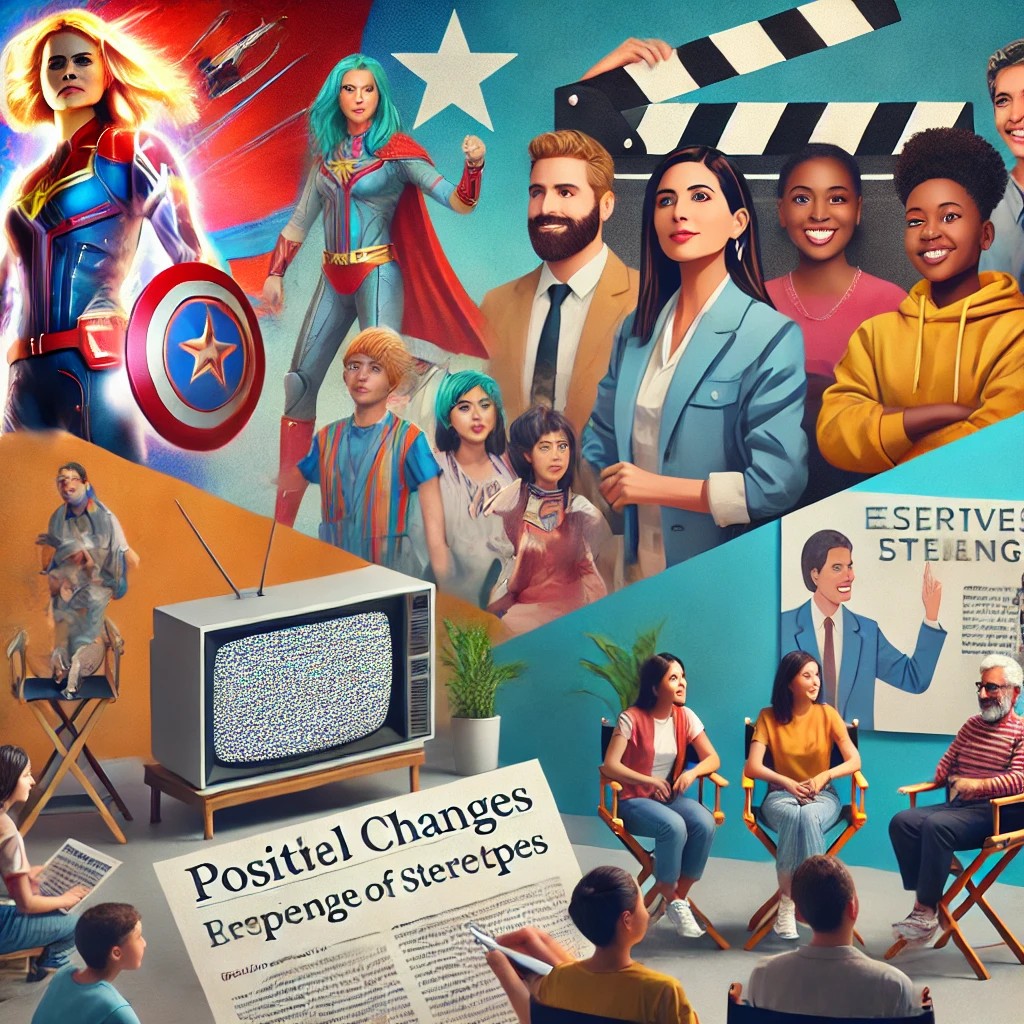Hello viewers 👋
I am Kavita Chauhan,a student in MA sem- 4 department of English MKBU.
Thinking Activity
This blog is a part of thinking activity task of Paper 208: Comparative Literature & Translation Studies in this blog Translation Activity Worksheet - Using Gen AI for Translating Poems comparative analysis
-Assigned by Dilip barad sir
ફાગણની કાળઝાળ સુક્કી વેળામાં તારું પહેલા વરસાદ સમું આવવું
હવે આંખોને કેમ રે ભુલાવવું
બળતે બપ્પોર ભીનો પગરવ સુણીને
કાંઈ વાસ્યાં કમાડ અમે ખોલ્યાં
ચારે આંખોનાં એવાં અંધાર્યાં વાદળાં
કે શમણે આવેલ મોર બોલ્યા
ઓચિંતા ધોધમાર સામસામે આપણે ઊભાં રહ્યાં-નું પૂર આવવું
ફળિયે પલાશફૂલ નીતરતું ઝાડ
અને હું રે વેરાઈ જઉં રાનમાં
મારી હથેળીમાંય એવી રેખાઓ
જેવી રેખા છે ખાખરાના પાનમાં
લીંબોળી વાવીને છાંયડા ઊછેરું પણ ચોમાસું કેમ કરી વાવવું ?
ફાગણની કાળઝાળ સુક્કી વેળામાં તારું પહેલા વરસાદ સમું આવવું
હવે આંખોને કેમ રે ભુલાવવું
– રમેશ પારેખ
Translation in Hindi:
फागुन की कालजलाती सूखी बेला में
तुम जैसे पहले बरसात सी आई हो
अब आँखें कैसे भूल पाएँगी तुम्हें?
जलती दोपहर में भीनी धरती की आवाज सुनकर
हमने दरवाजे खोल दिए
चारों आँखों में ऐसे अंधेरे बादल
जैसे शाम को आया मोर बोल रहा हो
अचानक धोमधाम से सामने हम खड़े रहे - सागर जैसा प्रेम का ज्वार आया
आँगन में पलाश के फूलों से लदा पेड़
और मैं खो गया उस प्रेम के सागर में
मेरी हथेली में भी ऐसी ही रेखाएँ
जैसी खखरे के पत्ते में होती हैं
नींबू का पेड़ लगाकर छाया करूँ पर बरसात कैसे उगाऊँ?
फागुन की कालजलाती सूखी बेला में
तुम जैसे पहले बरसात सी आई हो
अब आँखें कैसे भूल पाएँगी तुम्हें?
Translate in English :
In the scorching heat of the month of Fagun,
You came like the first monsoon rain
How can my eyes forget you now?
Hearing the damp earth's voice in the burning noon
We opened the doors
Dark clouds in our four eyes
As if a peacock was calling in the evening
Suddenly, we stood face to face in a torrential downpour - a sea of love
A tree laden with Palash flowers in the courtyard
And I was lost in that ocean of love
Even my palms have lines like
Those on a khakhra leaf
I can plant a lemon tree for shade but how can I grow the monsoon?
In the scorching heat of the month of Fagun,
You came like the first monsoon rain
How can my eyes forget you now?
• Comparison of Translations:
Hindi Translation:
Syntax: Generally retains the sentence structure of the original, though some minor adjustments are made for clarity in Hindi.
Metre and Sound: Attempts to maintain the rhythm, but the exact metrical structure might differ slightly due to the inherent differences between Gujarati and Hindi phonetics.
Lexicon and Grammar: Uses appropriate Hindi vocabulary and grammar, ensuring fluency and naturalness.
Cultural Connotations: "फागुन" (Fagun) is correctly translated as the
equivalent Hindi month, preserving the cultural context.
Tone and Emotion: Effectively conveys the longing, joy, and intensity of love, mirroring the original's tone.
Semiotics: The metaphor of love as the first monsoon rain is well-preserved, as is the imagery of the damp earth and the blooming Palash.
English Translation:
Syntax: Retains the core sentence structure while making adjustments for English grammar and readability.
Metre and Sound: Due to the differences in language structures, achieving a perfect metrical match in English would be challenging. The translation focuses on conveying the overall rhythm and flow.
Lexicon and Grammar: Employs appropriate English vocabulary and grammar, ensuring clarity and fluency.
Cultural Connotations: "Fagun" is explained as the "month of Fagun" for English readers who might not be familiar with the Hindu calendar.
Tone and Emotion: Successfully conveys the yearning, joy, and intensity of love, mirroring the original's tone.
Semiotics: The central metaphor of love as the first monsoon rain is effectively translated, and the imagery of the scorching sun and the damp earth is well-rendered.
Identify and Discuss:
Challenging Parts:
"ફાગણની કાળઝાળ સુક્કી વેળામાં": This phrase captures the intense heat and dryness of the "Fagun" month in a specific way. Translating this accurately while maintaining the poetic effect would be challenging.
"ખાખરાના પાનમાં": "Khakhra" is a type of Indian flatbread. Finding an equivalent English term that evokes the same visual and textural imagery would be difficult.
"લીંબોળી વાવીને છાંયડા ઊછેરું પણ ચોમાસું કેમ કરી વાવવું ?": This line presents a philosophical dilemma, comparing the ease of planting a lemon tree for shade to the impossibility of "growing" themonsoon. Capturing the essence of this metaphorical comparison in another language would require careful consideration.
Cultural Connotations and Collocations:
"Fagun" was handled differently in each translation. The Hindi translation used the direct equivalent, while the English translation provided an explanation for English readers.
The mention of "Palash" flowers, a culturally significant tree in India, might require additional notes or explanations for readers unfamiliar with Indian flora.
Untranslatable Words or Phrases:
The specific sounds and rhythms of the Gujarati language might not be fully replicable in Hindi or English.
The emotional undertones conveyed through the use of specific Gujarati words and phrases might not be perfectly translatable.
AI Tool Resolutions:
The AI tools likely employed techniques like lexical substitution, paraphrasing, and semantic analysis to address untranslatable words or phrases.
They might have consulted large datasets of bilingual texts to identify appropriate translations for culturally specific terms.
2. Explain Choices and Considerations:
Metre and Rhyme Scheme:
The translations likely prioritized conveying the overall mood and rhythm of the poem rather than strictly adhering to the original metrical structure. Maintaining perfect rhyme schemes across languages can be extremely challenging.
Liberties Taken:
To retain the poem's tone and emotion, the translators might have made slight adjustments to word choices and sentence structures while staying true to the core meaning.
Some creative liberties might have been taken to ensure the translation flows
naturally and reads effectively in the target language.
3. Compare Translations
Differences:
The Hindi translation might exhibit a closer adherence to the original in terms of syntax and cultural nuances due to the closer linguistic relationship between Gujarati and Hindi.
The English translation might have employed more paraphrasing and creative interpretations to bridge the cultural and linguistic gaps.
Evaluation:
Evaluating which tool performed "better" is subjective and depends on the specific criteria.
The Hindi translation might be stronger in preserving cultural nuances and linguistic subtleties.
The English translation might be more successful in conveying the poem's emotional impact and overall message to an English-speaking audience.
4. Reflect on Theoretical Frameworks
Jakobson: His focus on the "equivalence" between languages highlights the inherent challenges in translating meaning across different linguistic systems. The analysis reveals how both translations sought to establish equivalence while acknowledging the limitations.
Catford: His emphasis on "formal correspondence" (matching linguistic forms) and "dynamic equivalence" (conveying the same effect on the reader) is evident in the efforts to balance preserving the original's form and conveying its meaning effectively.
Devy: His perspective on translation as a cultural act is relevant, as the translations needed to navigate cultural nuances and convey the cultural significance of elements like "Fagun" and "Palash" flowers.
Ramanujan: His focus on "untranslatability" as a creative challenge is reflected in the analysis of the difficulties encountered in translating specific words, phrases, and cultural connotations.
∆ deliverables:
1. Translated Poems
For each poem:
Submit two translations: One from ChatGPT and one from Gemini.
Present each translation clearly, with proper formatting and any necessary annotations.
2. Comparative Analysis Report
For each poem, discuss observations under the following headings:
Syntax, Sound, and Metre:
Compare the sentence structures of the translations with the original.
Are they grammatically correct and natural in the target language?
How well do the translations maintain the original's sentence length and complexity?
Analyze the sound and rhythm of the translations.
Do they capture the original's musicality, flow, and emphasis on specific sounds?
How effectively do they convey the intended rhythm and metre?
Provide specific examples of where the translations succeed or fail in capturing these aspects.
Lexicon, Grammar, and Semiotics:
Examine the word choices in the translations.
Are the words appropriate, accurate, and evocative in the target language?
Do they convey the same shades of meaning and connotations as the original words?
Analyze the grammatical accuracy and fluency of the translations.
Discuss how well the translations capture the poem's use of symbols, metaphors, and imagery.
Are the original metaphors effectively translated or lost in translation?
Provide specific examples of how the translations handle figurative language.
Cultural Connotations and Collocations:
Analyze how the translations handle culturally specific words, phrases, and allusions.
Are they adequately explained or contextualized for readers unfamiliar with the source culture?
Provide specific examples of how cultural nuances are handled (or not handled) in each translation.
Challenges and Resolutions:
Identify the specific challenges encountered during translation for each poem.
Were there any untranslatable words or phrases?
How did the AI tools attempt to resolve these challenges?
Provide specific examples of challenges and the corresponding resolutions.
3. Reflection
Summarize how the AI translations align or deviate from the theoretical frameworks of translation studies.
Consider:
Jakobson's concept of equivalence: How well do the translations achieve equivalence in meaning, form, and function?
Catford's notions of formal and dynamic equivalence: Do the translations prioritize form or meaning?
Devy's perspective on translation as a cultural act: How do the translations reflect the cultural contexts of the source and target languages?
Ramanujan's ideas on untranslatability: Do the translations acknowledge and address the inherent limitations of translation?
Can AI Truly Capture the Essence of Poetry?
Explore the role of human creativity, emotion, and cultural understanding in translating poetry.
Discuss whether AI can truly replicate the nuances of poetic language, rhythm, and emotional impact.
How do Cultural Nuances Shape the Challenges in Translation?
Examine how cultural-specific words, idioms, metaphors, and allusions pose unique challenges for AI translation.
Discuss how cultural context influences the interpretation and translation of poetry.
Limitations and Possibilities of AI in Literary Translation
Discuss the strengths of AI in handling repetitive tasks, identifying patterns, and providing initial drafts.
Analyze the limitations of AI in understanding and conveying the subtleties of human expression, cultural context, and artistic intent.
Explore how AI can be used as a tool to assist human translators, enhancing their efficiency and accuracy.
I hope these discussion topics are helpful for your class presentation!
•Conclusion:
This task explored the capabilities of AI in translating poetry, specifically focusing on the Gujarati poem "ફાગણની કાળઝાળ સુક્કી વેળામાં તારું પહેલા વરસાદ સમું આવવું". AI tools, like ChatGPT and Gemini, demonstrated varying degrees of success in capturing the original poem's essence, facing challenges in translating cultural nuances, preserving poetic devices, and conveying the intended emotional impact. While AI offers potential as a tool for initial translations and overcoming language barriers, human expertise remains crucial for nuanced interpretation, creative expression, and capturing the true spirit of poetry.









.webp)

















